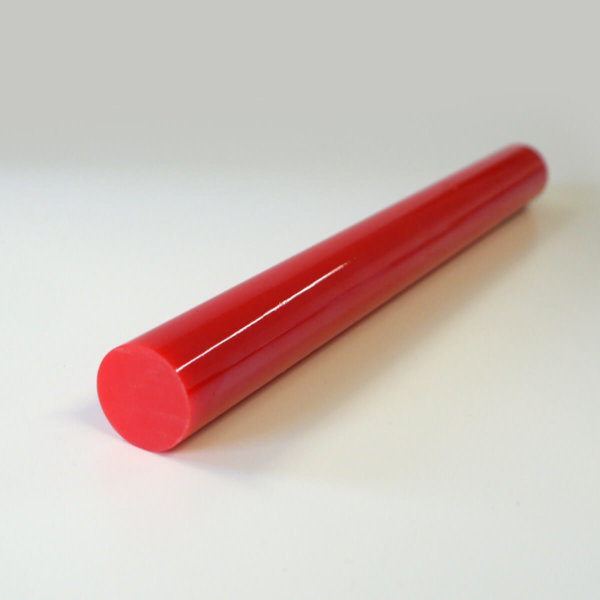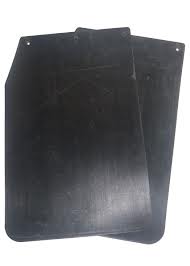Getting a clean, accurate cut on fibreglass (safely) requires the right skill and equipment. This is why customers subcontract projects to us. But what are the benefits of water jet cutting fibreglass?
Fibreglass is a commonly used construction material for everything from boats and roofs to intricate models and pipe linings. It holds its shape brilliantly and is strong and water-resistant. Once in place, it’s also a safe and durable option.
However, when you chop, saw, trim, engrave or sand fibreglass, it can be challenging, if not downright dangerous!
In our view, the best way to cut fibreglass safely and precisely is undoubtedly to use the latest CNC water jet technology. Which is just one of the specialist services we offer, using our advanced cutting equipment and expertise.
Water jet cutting makes it possible to slice even intricate and complex shapes from fibreglass panels. However, using this method is not ‘just’ about creating a flawless result. There are also health and safety benefits, economic advantages and an improved chance of meeting urgent deadlines when using water jets to shape glass fibre reinforced plastic.
This article provides a more detailed overview of four major benefits of water jet cutting fibreglass.
Speed, and quick turnaround for fibreglass shaping
Using a CNC water jet cutter for fibreglass involves programming the machine to create precise shapes, patterns and lines. With the right level of experience, this can be done quickly as well as effectively. This means that orders for parts made of fibreglass – or cut down sheets – can be turned around in hours.
Order processing and delivery speed can be achieved without compromising on the accuracy of the cut, and without changing the integrity of the material’s structure.
Related article: How Does Water Jet Cutting Work?
Environmentally better and safer
One of the primary advantages of water jet cutting fibreglass is that it greatly reduces some of the risks involved in producing parts, structures and modelling components cut from this sometimes problematic material.
Other cutting methods inevitably result in fibreglass dust and in some cases dangerous fumes, which are a health hazard. Fibreglass residue is a skin, respiratory system, and eye irritant, making it a major safety risk in the wrong hands.
Plus, the fine powder created by fibreglass cutting could contaminate the project or interfere with shaping accuracy.
Using under-pressure water jets to slice through this material means no dust, fumes or cross-contamination risk. We also provide a water jet cutting service for fibreglass in a carefully controlled environment, using our long experience of working with potentially hazardous materials.
Related article: Our water jet cutting process explained
Water jet cutting fibreglass without heat
Using water jet technology when cutting through fibreglass also avoids the application of heat. Clearly, heat, resins and glass fibres are not always the best mix!
Using jets of water to slice through it avoids any chance of abrasion or friction in the shaping process. Which is an excellent way to avoid distorting the core piece, or the resulting fibreglass part.
Finely cut fibreglass edges
As water slices cleanly and incredibly evenly – leaving the material wholly intact – it also creates a precision-cut edge.
Whereas alternative cutting methods, especially those reliant on heat, can create burns, buckles, cracks and other damage along a fibreglass part’s lines. For example, laser cutting can harden the edges of fibreglass.
Having a water jet cut edge, with guaranteed accuracy and integrity, can be crucial if your fibreglass part needs to slot perfectly into a larger structure or project, to create a 100% effective seal.
Related article: Who needs industrial water jet cutting?
Where to find skilled water jet cutting fibreglass services
The benefits of water jet cutting fibreglass make it the best option environmentally. Also, your best bet to meet tight deadlines or precision specs, and for Health and Safety reasons.
Does this degree of precision and safety come with a higher price tag than alternative fibreglass cutting methods? Not if you place your project in the hands of a specialist cutting service, which ‘cuts down’ on unit costs for one-off or bulk orders.
Custom Moulded Polyurethane has a long track record for speedy turnaround and low prices for prototypes, bespoke shapes or large consignments of fibreglass parts. Get in touch to discuss how your project can benefit from our glass fibre reinforced plastic water jet cutting service.
Want to find out how much it will cost to make your products?




